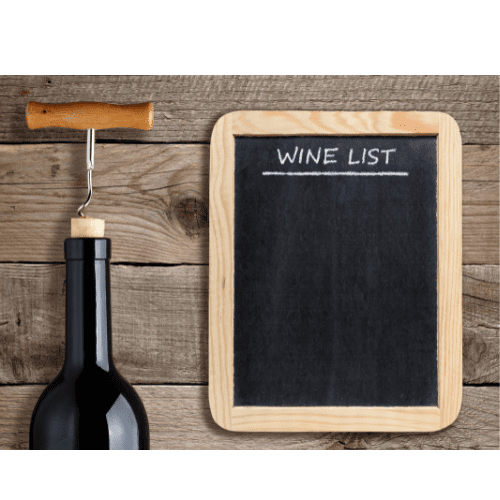
Take your wine list seriously guys!!
Share
Something that frustrates me more that most things in wines participation in the hospitality industry. Our hospitality industry is punch drunk from the seemingly endless barrage of body blows metered out by the world we live in now and lived through over the past 3 years.
Wine is an incredibly important factor contributing
to the success of a restaurant . Wine requires no cooking, does not
have a sell-by-date and the generally accepted margins are significant and very healthy. I am constantly astonished at the lack of thought that goes into designing a wine list at so many establishments I visit.
I have met some sommeliers who simply don’t have a
clue and in a couple of cases contributed handsomely to the demise of very good business’. Fortunately I have met many more who do a great job.
We importers, distributors and wine merchants know the market, we know the trends and we know wine. We know the products not only
in itself but also the commercial benefits and pitfalls of each and every product making up the huge portfolios of wine we draw from all corners of the planet. We love and nurture these portfolios as a farmer would his or her flock of sheep.
Guys and Girls of this industry which I love.....nobody likes rubbish wine; the cheapest wine available does not lead to more profits; consult the people who know about wine...it is free (at least I am!), it will change your life.
Here are the guidelines I use to when working with my clients. 👇👇👇
1. The theme or concept of the restaurant: The wine list should align with the theme or concept of the restaurant. For example, if the restaurant serves Italian cuisine, the wine list should feature Italian wines.
2. The target audience: Consider the preferences and tastes of the target audience when selecting wines for the list. If the restaurant caters to a younger, more adventurous crowd, consider featuring lesser-known or unusual wines.
3. Price range: Determine the price range of the wines on the list. Be sure to offer a range of options, from lower-priced wines to more expensive ones, to appeal to a broad range of customers.
4. Food pairing: Consider which wines will pair well with the dishes on the menu. Offer a range of options, including red, white, and sparkling wines, to allow customers to choose a wine that complements their meal.
5. Seasonality: Consider featuring wines that are appropriate for the current season. For example, lighter white wines may be more popular in the warmer months, while fuller-bodied reds may be more popular in the cooler months.

